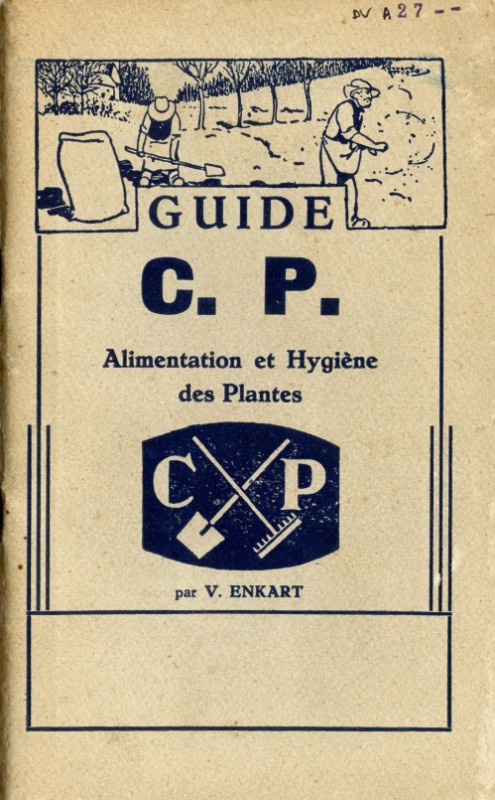Research
Search our website
Search our website by entering a keyword or choose a database above to search specifically.
Search
Showing search results 12,831 - 12,840
14,659 results found

Comeximma. Comptoir d'exportation et d'importation Maiter. Le mélangeur "Magic". Mélangeur universel avec récipient en matière incassable "Poly". Un produit de "Presse-chemie" Maineck

C.P. Guide C.P. alimentation et hygiène des plantes

E. Genin-Moulan. Phénix. Appareil Générateur de Gaz d'Air "Phénix". L'idéal pour l'éclairage et le chauffage.

V. Antoine fils & Cie. Reversible propeller, prices of the various sets = Hélice reversible, prix des différentes séries = Umsteuerschraube, preise des verschiedenen sätze

Louis Feyen. Het oud huis Louis Feyen, uurwerkmaker gelast zich met het herstellen van horloges - wekkers - klokken, enz.

The Selson Egineering Co. LTD. Affuteuse automatique pour lames de scie. Type universel

J.C. De Coninck & fils. Prijslijst van ladders

Calor. Chauffage électrique

Comptoir des constructions en Bois du Nord. Villas, chalets, pavillons de chasse, cottages, sanatoria, etc. Menuiseries mécaniques, portes, chassis de fenêtres, moulures, etc.

Nestor-Martin. La cuisine au gaz. Livret d'instructions, conseils et recettes








